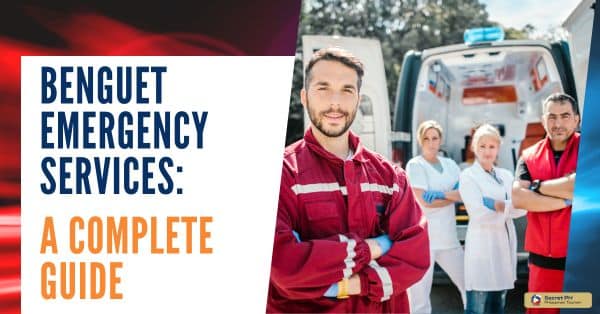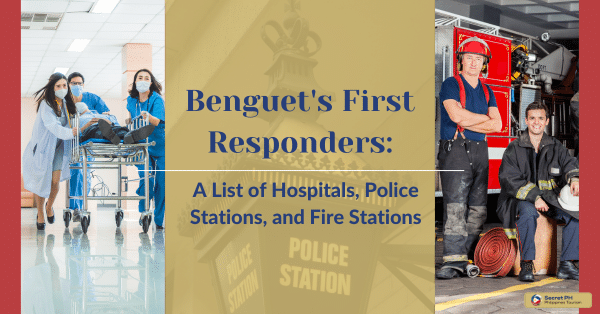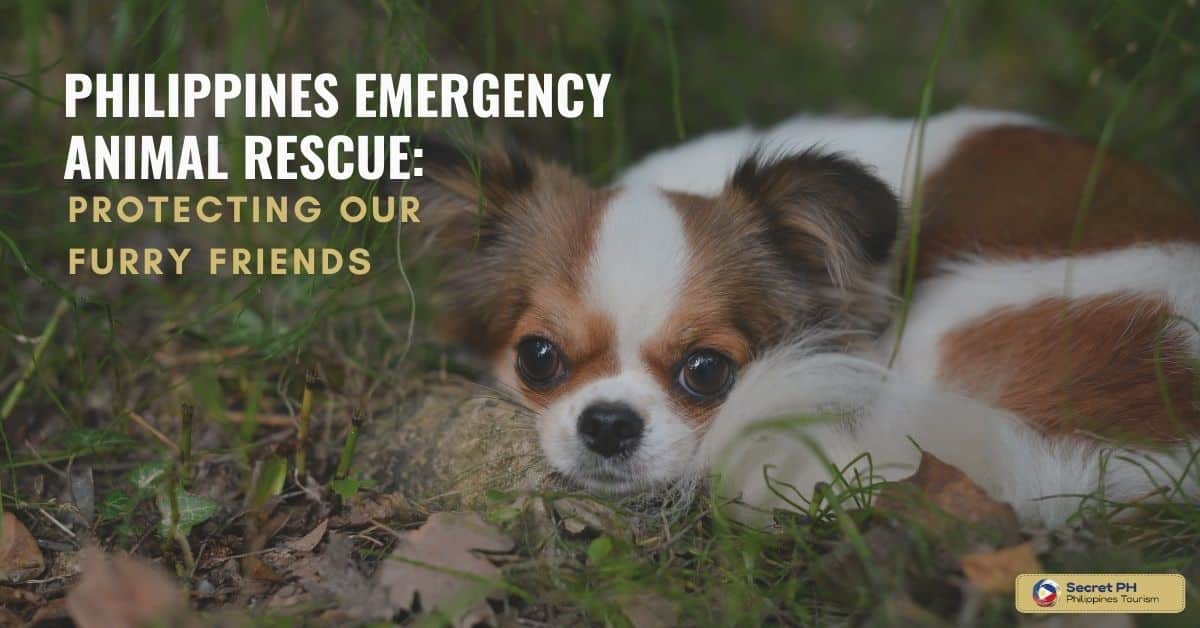The Philippines is a country with one of the highest levels of social media usage in the world. As such, it has become an increasingly important tool in emergency services, particularly when providing timely updates to citizens and responding to crises quickly.
Social media has become an essential tool for emergency services in the Philippines. It has revolutionized the way emergency services operate, enabling faster response times, wider coverage, and more effective communication. Despite the challenges it presents, social media has proven to be a valuable asset in times of crisis.
This article will discuss the impact of social media on emergency services in the Philippines, including how it is used in emergency situations, the benefits and challenges it presents, as well as case studies of successful social media use by Philippine emergency services.
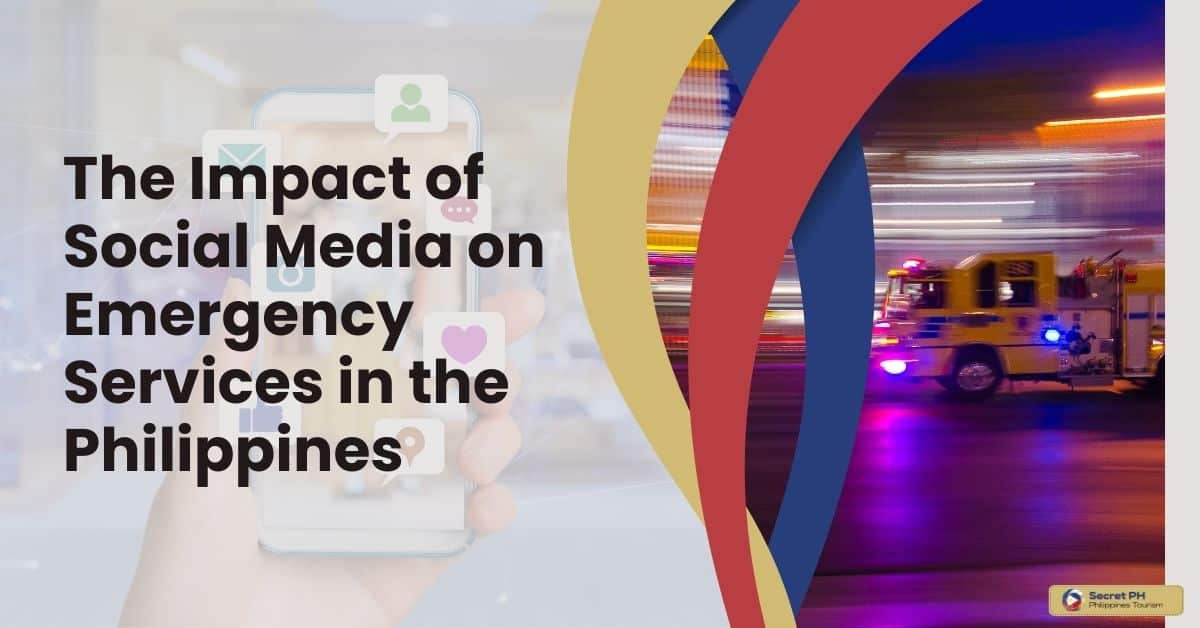
Social Media Usage in the Philippines
In the Philippines, social media usage is widespread with over 78 million active users on sites such as Facebook and Twitter. Filipinos use social media for a variety of reasons including connecting with friends, following the news, and staying informed about current events. The prevalence of social media in the country has facilitated its use by emergency services to rapidly disseminate information and alerts.
Emergency services are increasingly using social media to reach large numbers of people quickly. This is especially useful during disaster and emergency situations where traditional communication methods may fail or be too slow. Social media has allowed emergency services to share real-time updates, warnings, advice, instructions, and other important information with citizens in an efficient manner.
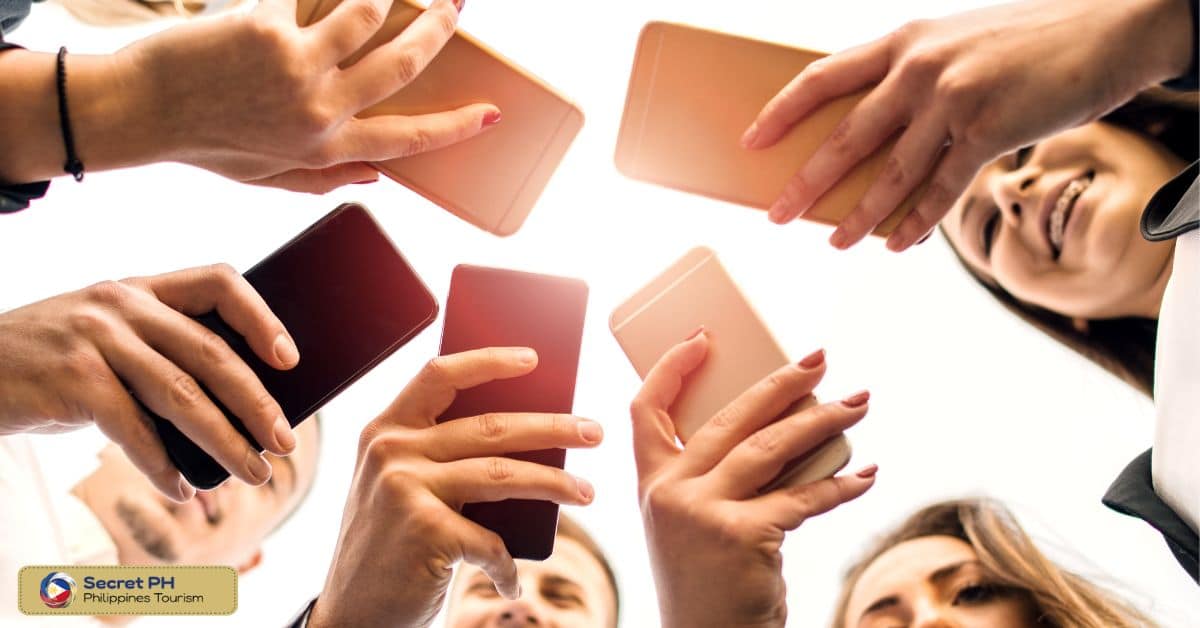
Emergency Services in the Philippines
Emergency services in the Philippines are responsible for responding to a variety of crises and emergency situations. With the rise of social media usage in the country, these organizations have increasingly started using platforms such as Twitter and Facebook to communicate with citizens.
These include:
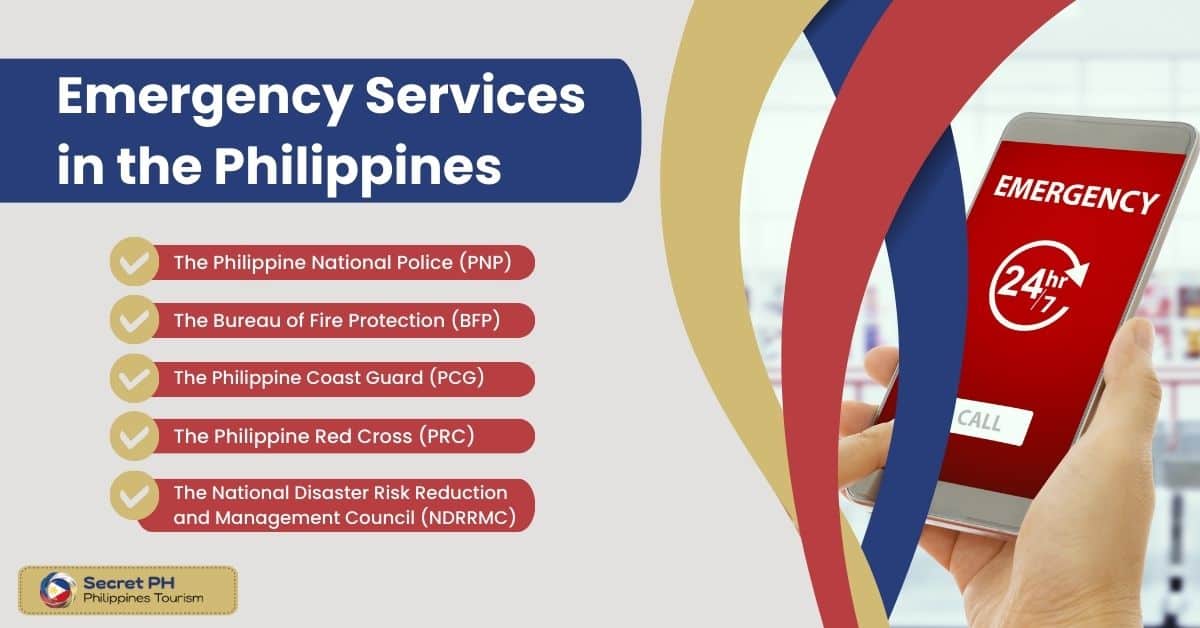
The Philippine National Police (PNP)
The Philippine National Police (PNP) is the primary law enforcement agency in the Philippines and has been using social media since 2009. The PNP uses social media to inform citizens about public safety campaigns, arrests, and other important updates. They have also used it for crowd-sourcing of information, particularly when searching for suspects or missing persons.
In addition to traditional police work, the PNP also uses social media in disaster response efforts by providing updates on relief operations, search and rescue teams, and other related information. Recently, they have even utilized drones to help monitor areas affected by natural disasters such as typhoons.
This has been beneficial in helping the agency reach areas that may otherwise have been inaccessible. As a result, the PNP has become increasingly reliant on social media to effectively respond to crises and emergencies in the country.
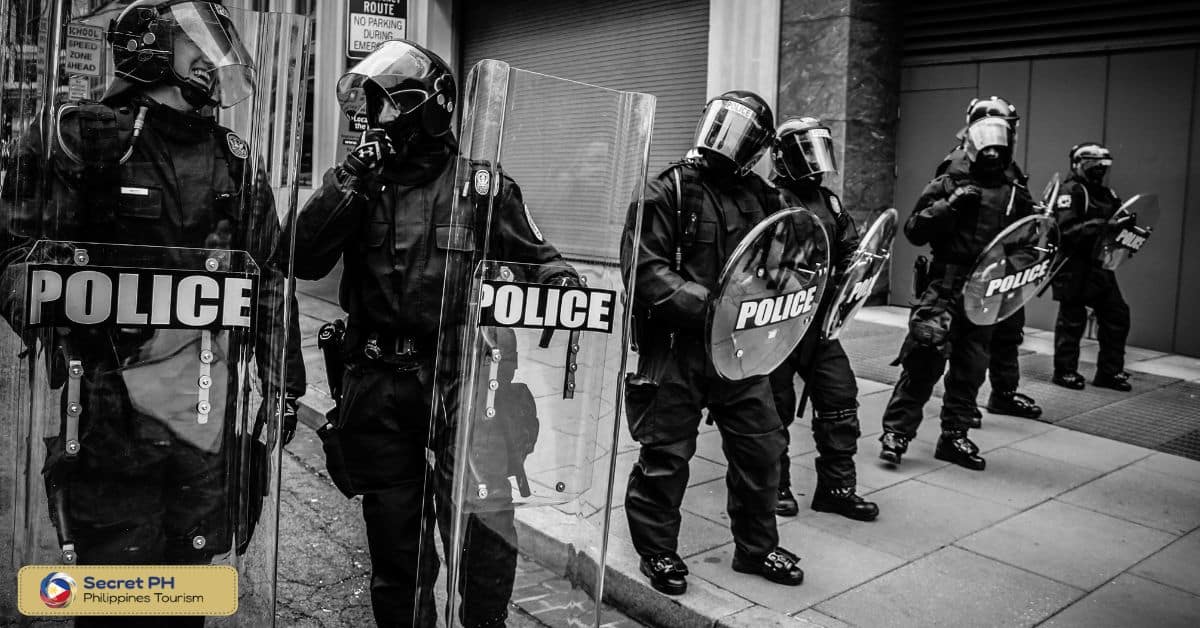
The Bureau of Fire Protection (BFP)
The Bureau of Fire Protection (BFP) is the main government agency responsible for fire fighting, disaster management and prevention, and other related services in the Philippines. It has been using social media platforms such as Twitter to communicate with citizens during emergency situations. Providing them with real-time updates on their activities and alerting them of any potential threats.
The BFP has successfully used social media to coordinate and disseminate information during emergencies. By using Twitter to post regular reports on conditions in affected areas, the BFP was able to immediately inform citizens of changes in their environment. This helped ensure that emergency personnel and citizens were able to make informed decisions in a timely manner.
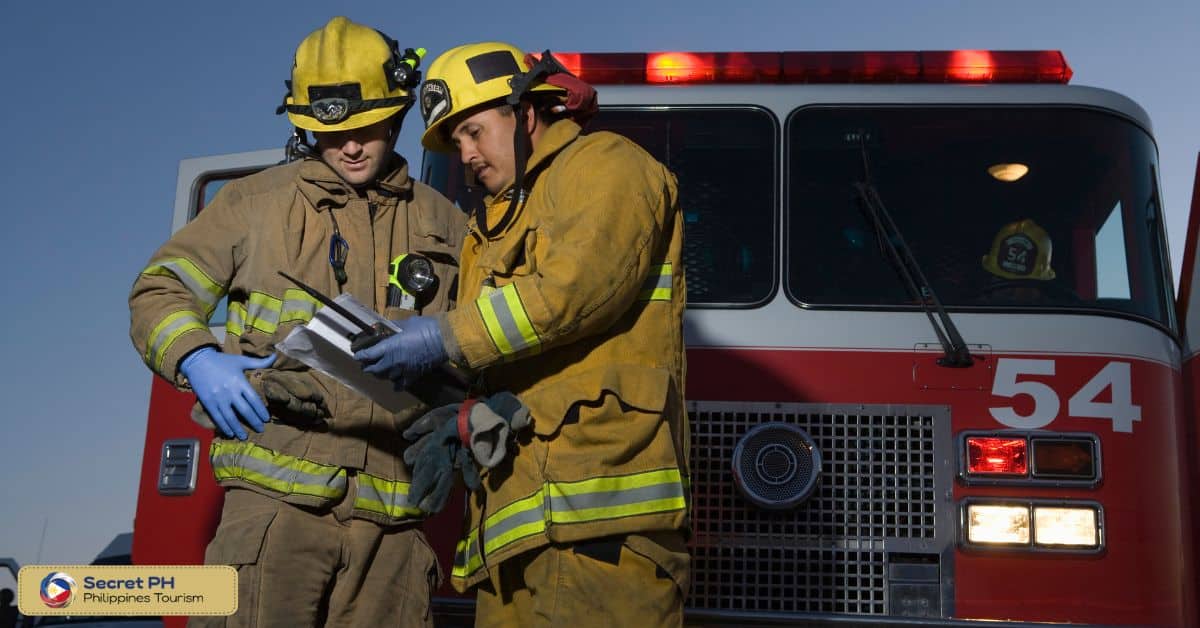
The Philippine Coast Guard (PCG)
The Philippine Coast Guard (PCG) is the main government agency responsible for maritime safety, law enforcement, and disaster response in the Philippines. Established in 1898, the PCG has been using social media since 2012 to reach a wider audience and provide citizens with timely information.
Recently, the PCG has utilized social media platforms such as Twitter to quickly respond to maritime emergencies and natural disasters. For example, it uses tweets to inform citizens of possible threats from weather-related events.
Alerting them of potential danger and providing instructions on what steps to take during an emergency. It also posts updates about its operations, assisting vessels in distress, and providing immediate assistance at sea.
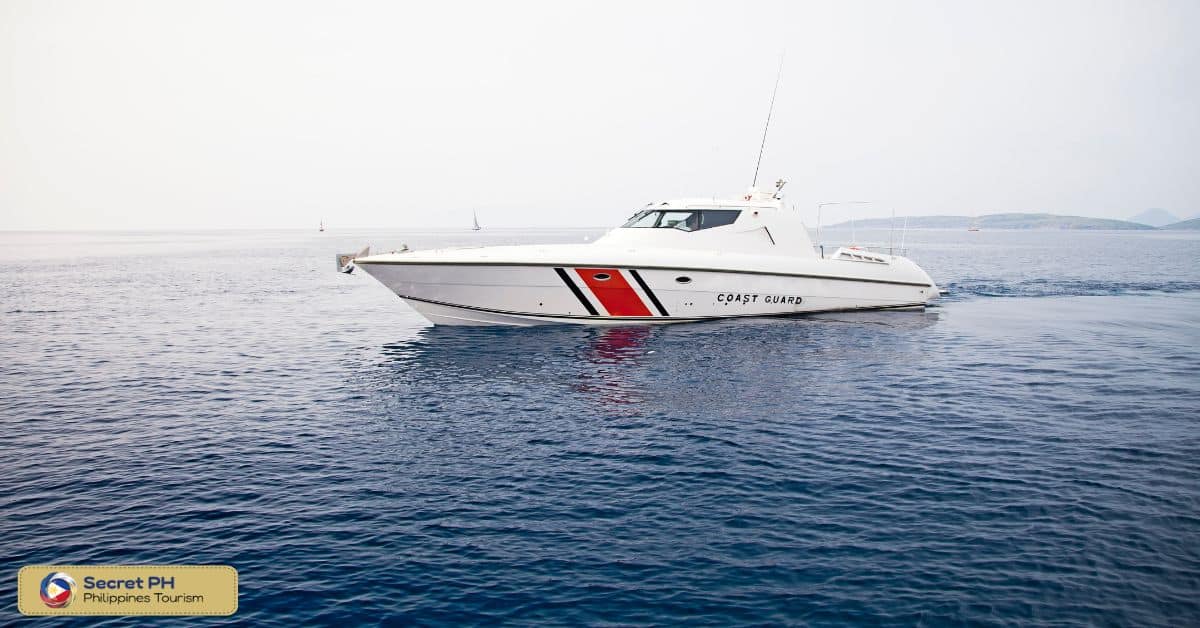
The Philippine Red Cross (PRC)
The Philippine Red Cross (PRC) is a humanitarian organization that provides relief and assistance during disasters. It has been using social media to reach citizens since 2009, providing timely updates on its operations and initiatives. This includes posting real-time updates on rescue operations and providing medical assistance in affected areas.
The PRC also uses social media to create campaigns aimed at raising awareness about the risks of disasters and how citizens can best prepare for them. This includes providing instructions on evacuation plans, assembling emergency kits, and other related information.
The agency has also utilized Facebook Live to provide real-time updates on its activities and to reach out to citizens for donations. Through the use of social media, the PRC has been able to quickly disseminate information and provide assistance during emergencies.
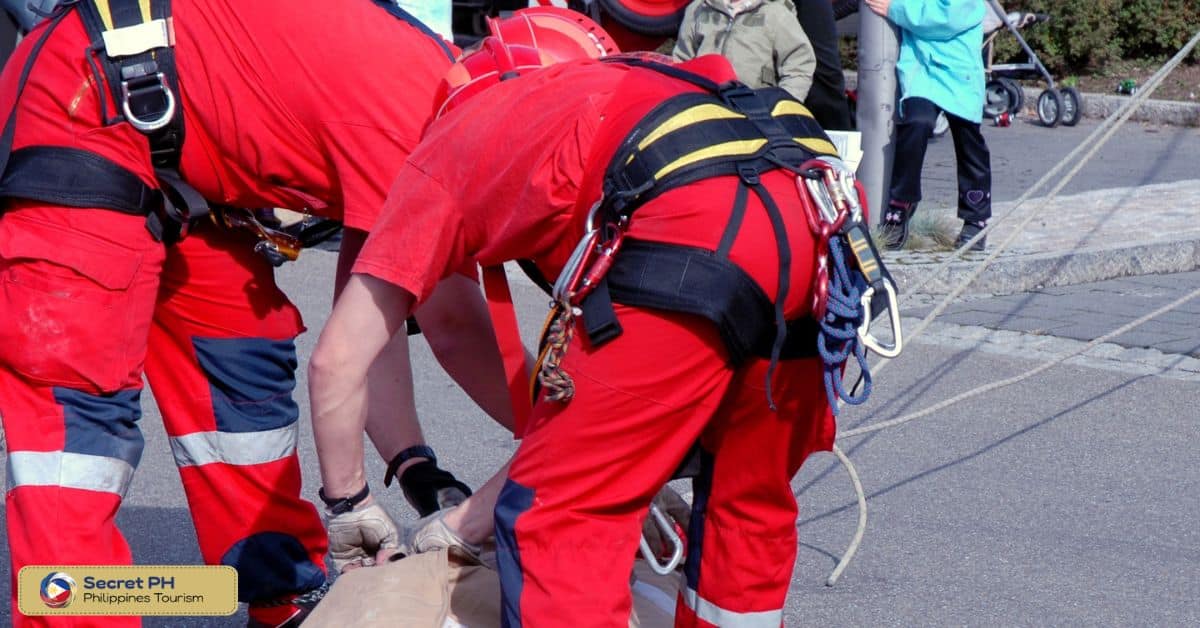
The National Disaster Risk Reduction and Management Council (NDRRMC)
The National Disaster Risk Reduction and Management Council (NDRRMC) is a government agency responsible for coordinating disaster prevention and response. As part of its mandate, it has been using social media to disseminate timely updates during emergency situations. This includes providing information on disaster preparedness, evacuation plans, relief operations, and other related activities.
The NDRRMC also creates campaigns on social media to raise awareness about the risks associated with natural disasters. For example, they use Twitter and Facebook to share videos and infographics that explain how people can best prepare for disasters.
The agency has also utilized social media during relief operations by posting photos and updates of its efforts in affected areas. This has been beneficial in helping citizens stay informed and connected with the organization’s activities.
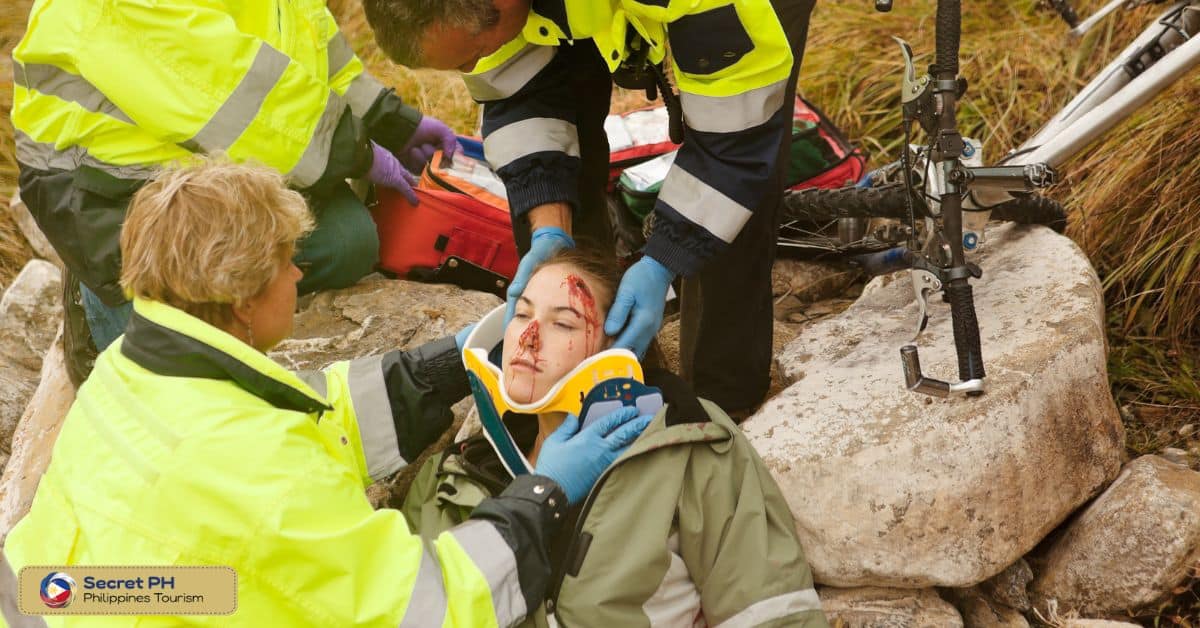
The Role of Social Media in Emergency Situations
Social media plays a key role in emergency situations by providing timely updates and information to citizens. This allows people to stay informed of any changes or developments that may impact their safety or well-being. It also enables them to access important resources such as evacuation plans, shelters, and other related services.
In addition, social media has also enabled emergency services to communicate more effectively with citizens. This has been especially useful during disaster situations, allowing them to reach large numbers of people quickly. Through the use of real-time updates and alerts, emergency services can provide up-to-date information on the situation and any necessary steps that should be taken.
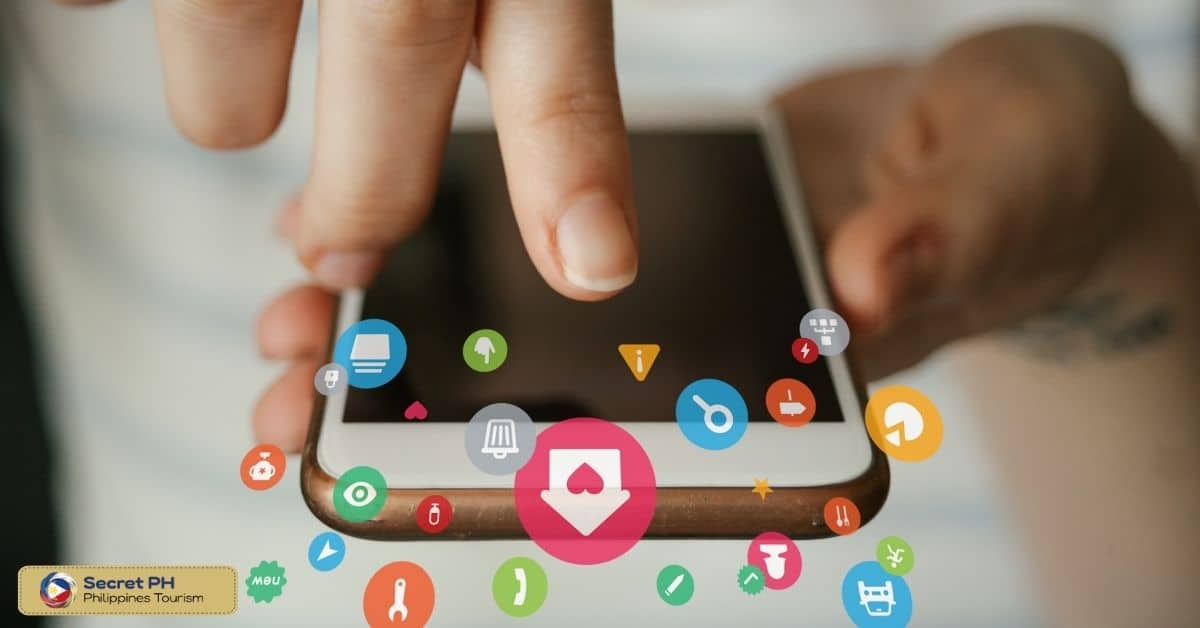
Benefits of Social Media for Emergency Services
Social media has become an essential tool for emergency services in the Philippines. It enables faster response times, wider coverage, and more effective communication during crises. Here, will discuss the benefits of social media for emergency services in the Philippines.
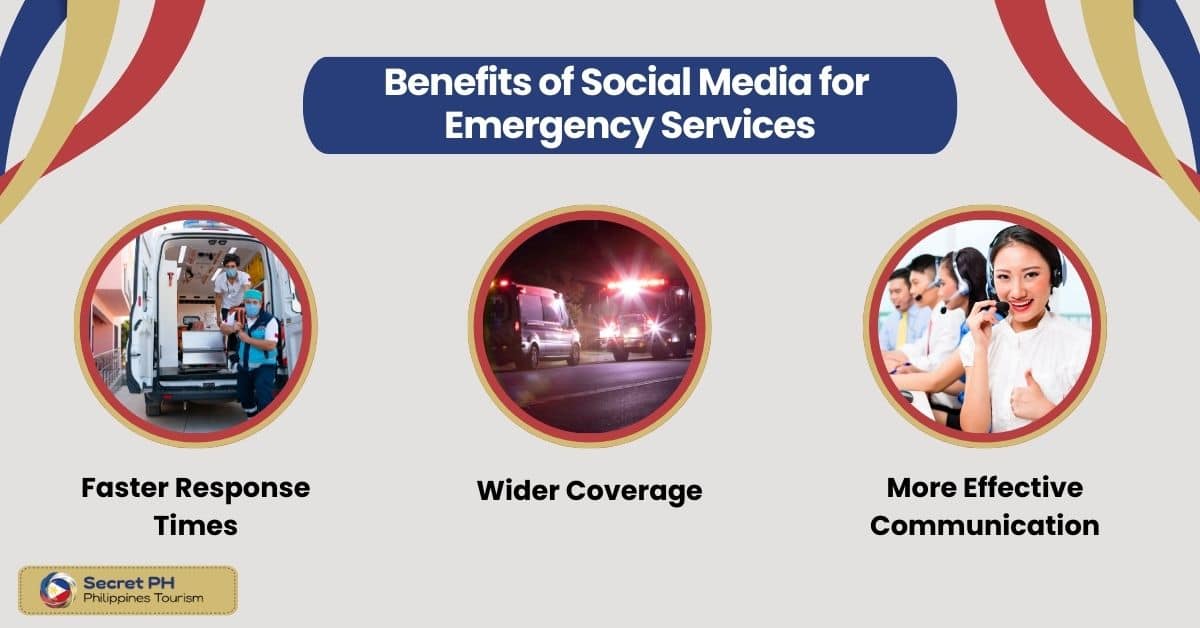
Faster Response Times
One of the biggest advantages of using social media is that it allows for quicker response times during emergency situations. This is especially beneficial in areas where traditional communication methods may fail or be too slow. Social media enables emergency services to share updates and alerts with citizens rapidly, allowing them to take necessary actions immediately.
Wider Coverage
Social media also has the potential to reach a wider audience compared to other communication methods. This is especially useful when trying to disseminate messages to a large number of people quickly. For example, an update posted on Twitter can be seen by millions of users in just a few minutes.
This has been beneficial for emergency services in the Philippines which often have to provide information and warnings to citizens living in remote areas. By using social media, they have been able to reach these areas more quickly and effectively.
More Effective Communication
Social media also provides emergency services with the ability to communicate more effectively in times of crisis. This includes providing timely updates on relief operations, search, and rescue teams, and instructions for citizens. It also enables agencies to respond to queries more quickly and share photos and videos of their activities.
The use of social media has been beneficial in helping emergency services stay connected with citizens during disasters and other emergencies. It has enabled them to provide real-time updates, warnings, advice, and other important information more efficiently.

Best Practices for Emergency Services on Social Media
Social media has revolutionized the way emergency services operate in the Philippines, enabling them to provide timely updates and respond more efficiently to crises. As a result, it is important for these organizations to understand how best to use social media effectively. Here, will discuss the best practices for emergency services on social media in the Philippines.
Set Clear Communication Goals: This involves establishing what information needs to be shared, when it should be posted, and how it should be presented. It also includes determining who the target audience should be and what channels should be used for maximum impact.
Be Prepared: It is important for emergency services to have a plan for how the information will be shared, who will be responsible for monitoring the channels, and what action should be taken in case of any irregularities.
Be Transparent: Provide truthful information and be upfront about any changes or updates in the situation. It also includes responding promptly to comments, questions, and concerns from citizens.
Be Responsive: Social media is a two-way communication channel, meaning it is important for emergency services to be responsive when using it during times of crisis. This involves responding promptly to comments, questions, and other inquiries from citizens.
Be Compassionate: Emergency services should be compassionate when using social media during times of crisis. Taking into account citizens’ feelings and concerns, and providing support when needed.
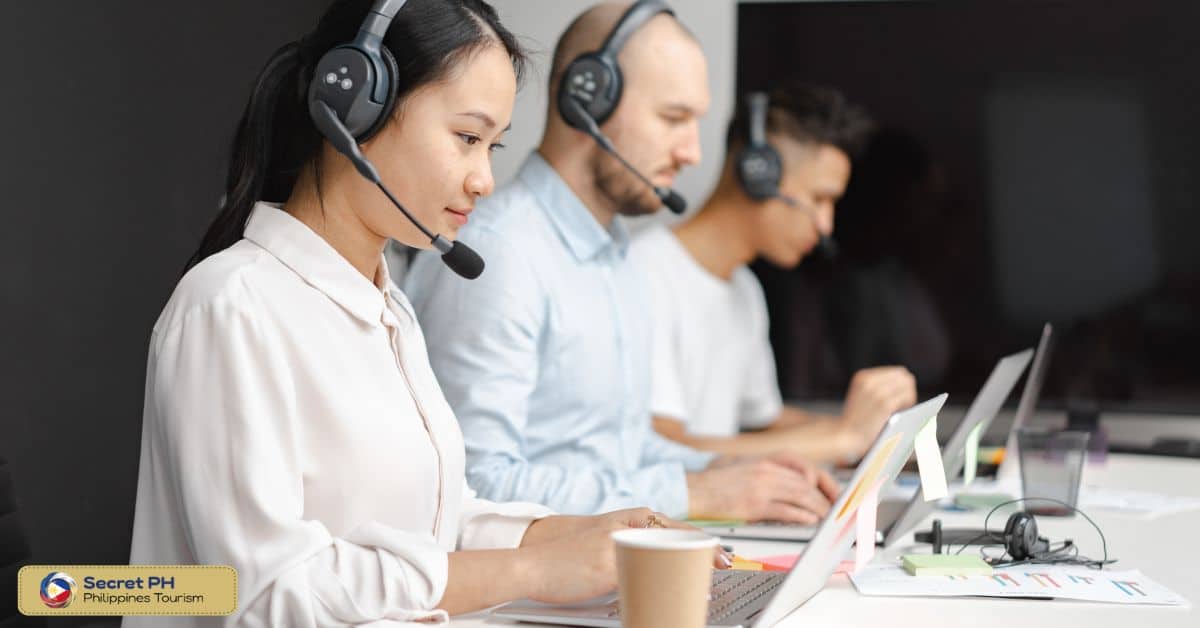
Challenges Faced by Emergency Services on Social Media
Social media has become an essential tool for emergency services in the Philippines. However, it also presents a number of challenges that must be addressed to ensure its effective and safe use. This article will discuss the challenges faced by emergency services on social media and how they can be addressed.
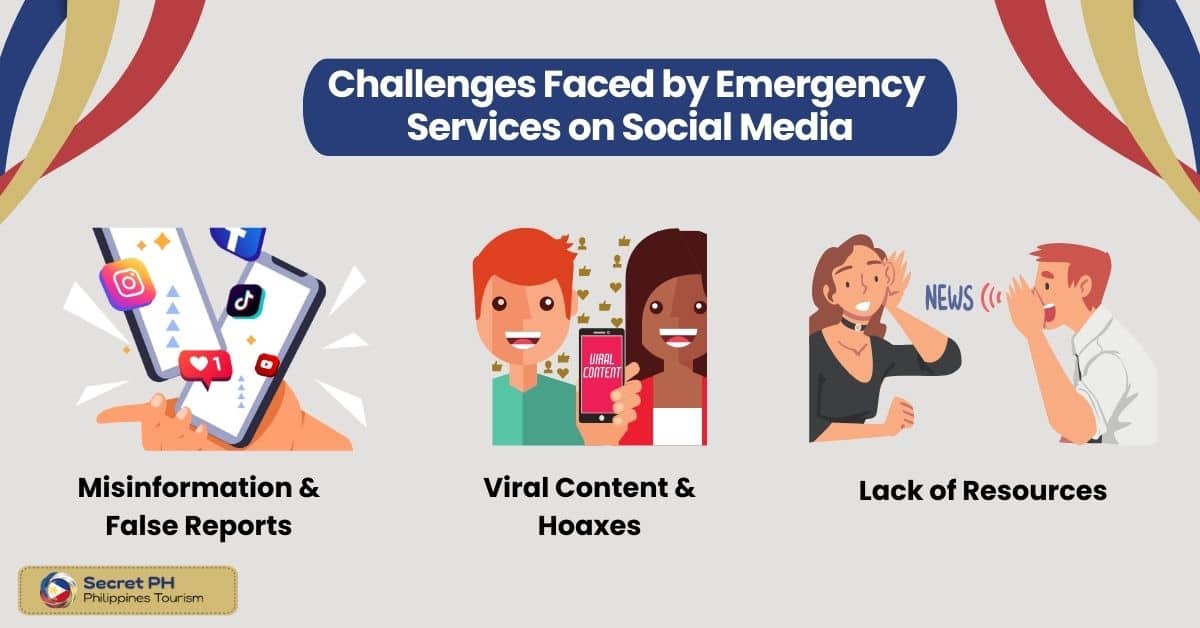
Misinformation & False Reports
One of the biggest challenges faced by emergency services on social media is the potential for misinformation and false reports. This can be due to users posting inaccurate information or deliberately spreading rumors during a crisis situation.
These reports can lead to panic and confusion among citizens, hampering the efforts of emergency services trying to provide timely updates and instructions. In order to prevent this, emergency services should make sure to verify any information before posting it on social media.
Viral Content & Hoaxes
Another challenge posed by social media is the potential for viral content and hoaxes. These usually originate from users who are trying to generate attention or spread rumors during a crisis situation. Such content can be difficult to identify and can lead to panic and confusion among citizens.
In order to address this issue, emergency services should focus on monitoring social media for any unusual activity or suspicious posts. They should also make sure to verify any information posted before sharing it with the public.
Lack of Resources
Many emergency services in the Philippines do not have sufficient resources to effectively manage their presence on social media. This can lead to delays in responding to queries or providing updates, resulting in a lack of trust from citizens.
In order to address this issue, emergency services should make sure they have enough staff with adequate training on how to use social media. They should also have a clear policy in place outlining how they will use social media during an emergency.
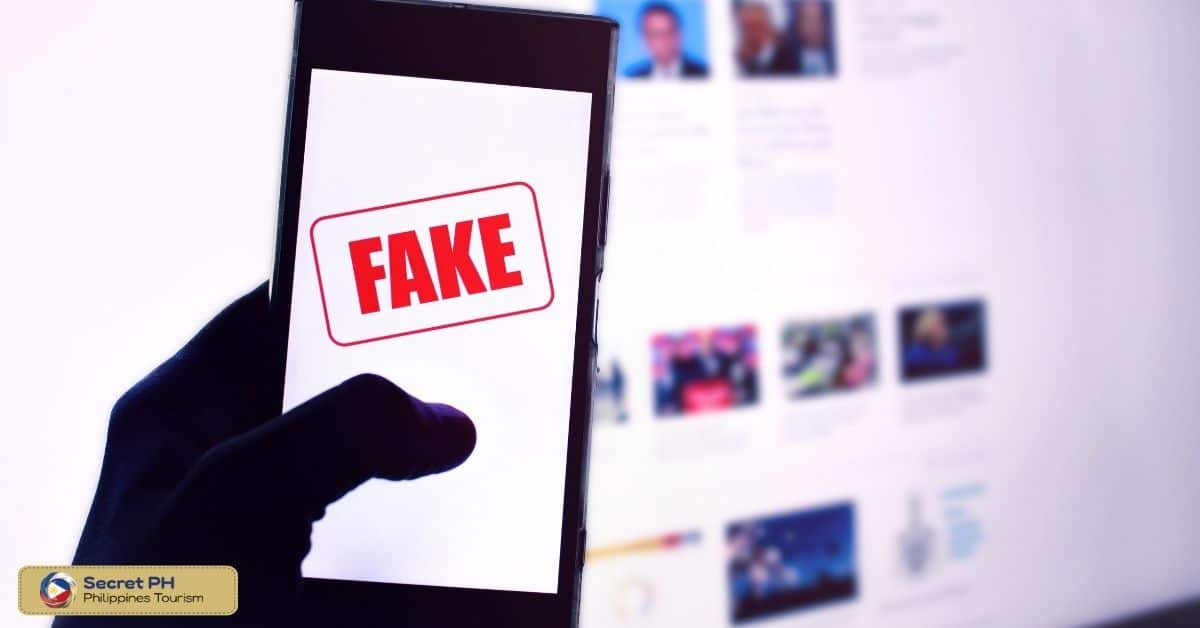
In conclusion
Social media has become an invaluable tool for emergency services in the Philippines. It enables them to reach larger audiences and provide timely updates during crisis situations. However, it also presents a number of challenges that must be addressed in order to ensure its effective use.
By following best practices such as setting clear communication goals, and being prepared, transparent, responsive, and compassionate, emergency services can ensure they are using social media in the most effective way during times of crisis.


